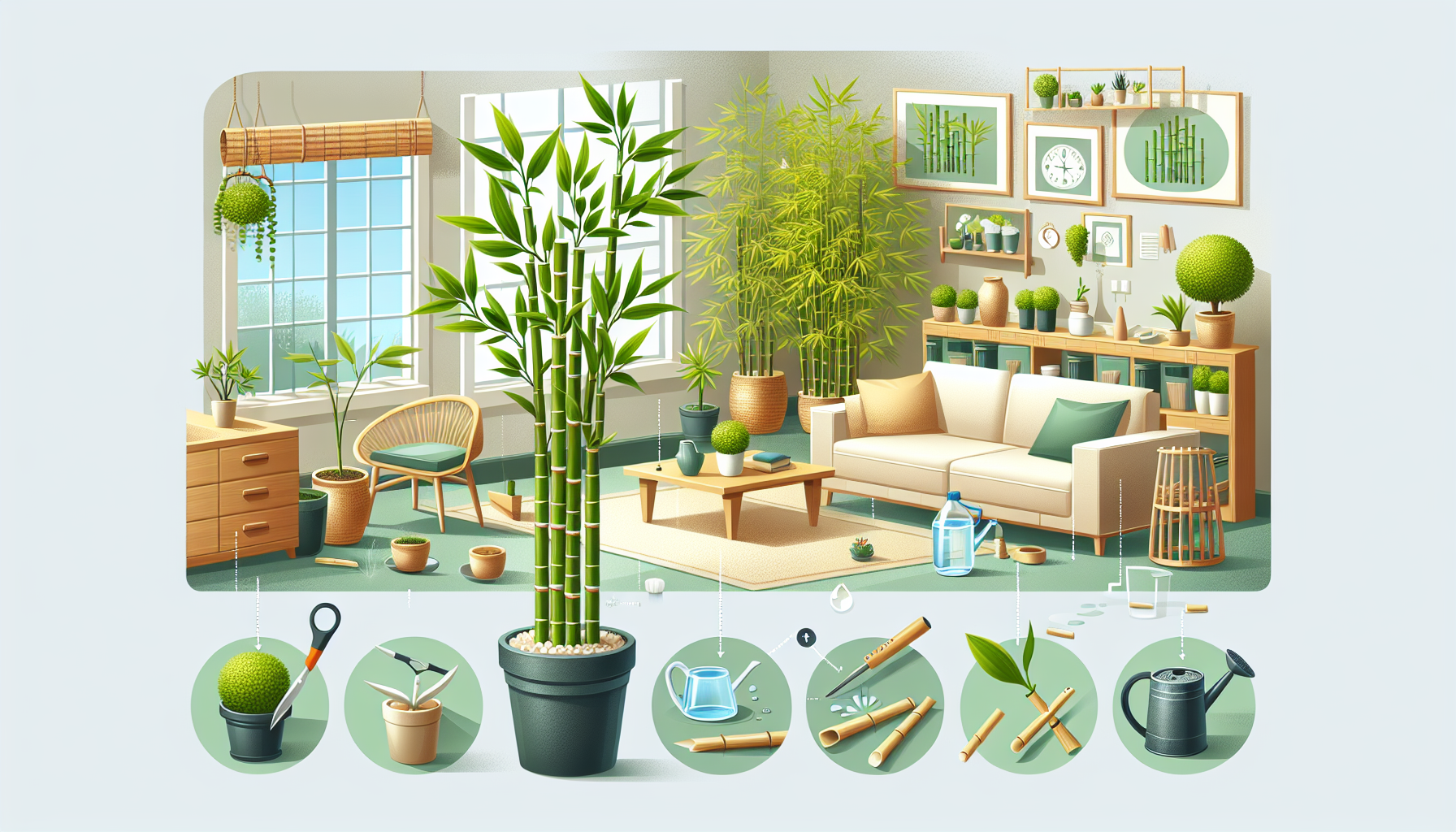
how to take care of a bamboo plant
How to Take Care of a Bamboo Plant
Bamboo plants are a popular choice for indoor and outdoor gardening due to their low-maintenance nature and aesthetic appeal. Whether you have a lucky bamboo plant in your living room or a towering bamboo grove in your backyard, proper care is essential to keep it healthy and thriving. In this guide, we’ll cover everything you need to know about bamboo plant care.
1. Choose the Right Location
Bamboo plants love bright, indirect sunlight. Place your indoor bamboo plant near a window with filtered light or in a room with good natural light. For outdoor bamboo, choose a location that receives partial shade to full sunlight, depending on the variety. Avoid placing the plant in extreme heat or full, harsh sunlight for prolonged periods, as it can scorch the leaves.
2. Watering Your Bamboo Plant
Bamboo thrives in consistently moist soil, but it doesn’t like to sit in water. Here’s how to get the watering balance right:
- Indoor Bamboo: Water your bamboo plant once a week, ensuring the soil remains moist but not soggy. If you’re growing lucky bamboo in water, make sure the roots are submerged, and replace the water every 7–10 days.
- Outdoor Bamboo: Water deeply once or twice a week, especially during dry spells. Mulching around the base can help retain soil moisture.
3. Use the Right Soil
Bamboo plants prefer well-draining soil that is rich in organic matter. For potted bamboo, use a high-quality potting mix with good drainage. If planting bamboo outdoors, ensure the soil is slightly acidic to neutral (pH 6.0–7.0) for optimal growth.
4. Fertilize Regularly
Feed your bamboo plant with a balanced fertilizer to encourage healthy growth. For indoor bamboo, use a liquid houseplant fertilizer diluted to half strength once a month during the growing season (spring and summer). Outdoor bamboo benefits from a slow-release fertilizer applied in early spring and midsummer.
5. Prune and Maintain
Regular pruning helps maintain the shape and size of your bamboo plant. Remove dead or yellowing leaves and trim overgrown stems to encourage new growth. Use clean, sharp pruning shears to avoid damaging the plant.
6. Watch Out for Pests
Bamboo plants are generally pest-resistant, but they can occasionally attract spider mites or aphids. If you notice pests, rinse the leaves with water or use an insecticidal soap to remove them. Regularly inspect your plant to catch any infestations early.
7. Repotting and Propagation
For potted bamboo, repot the plant every 2–3 years to prevent overcrowding and refresh the soil. Bamboo is also easy to propagate by dividing the root clumps. Simply separate a healthy clump and replant it in fresh soil.
8. Bonus Tip: Bring Good Energy with Lucky Bamboo
If you’re growing lucky bamboo, which is technically not a true bamboo but a Dracaena species, it is believed to bring good luck and positive energy. Arrange it in a feng shui-friendly location, such as your home’s entryway or office desk, to maximize its benefits.
Conclusion
With the right care, your bamboo plant can grow strong and vibrant, adding a touch of natural beauty to your home or garden. Follow these tips, and your bamboo plant will thrive for years to come. Happy gardening!
For more gardening tips and advice, check out our Gardening Blog or explore our Bamboo Care Guide.